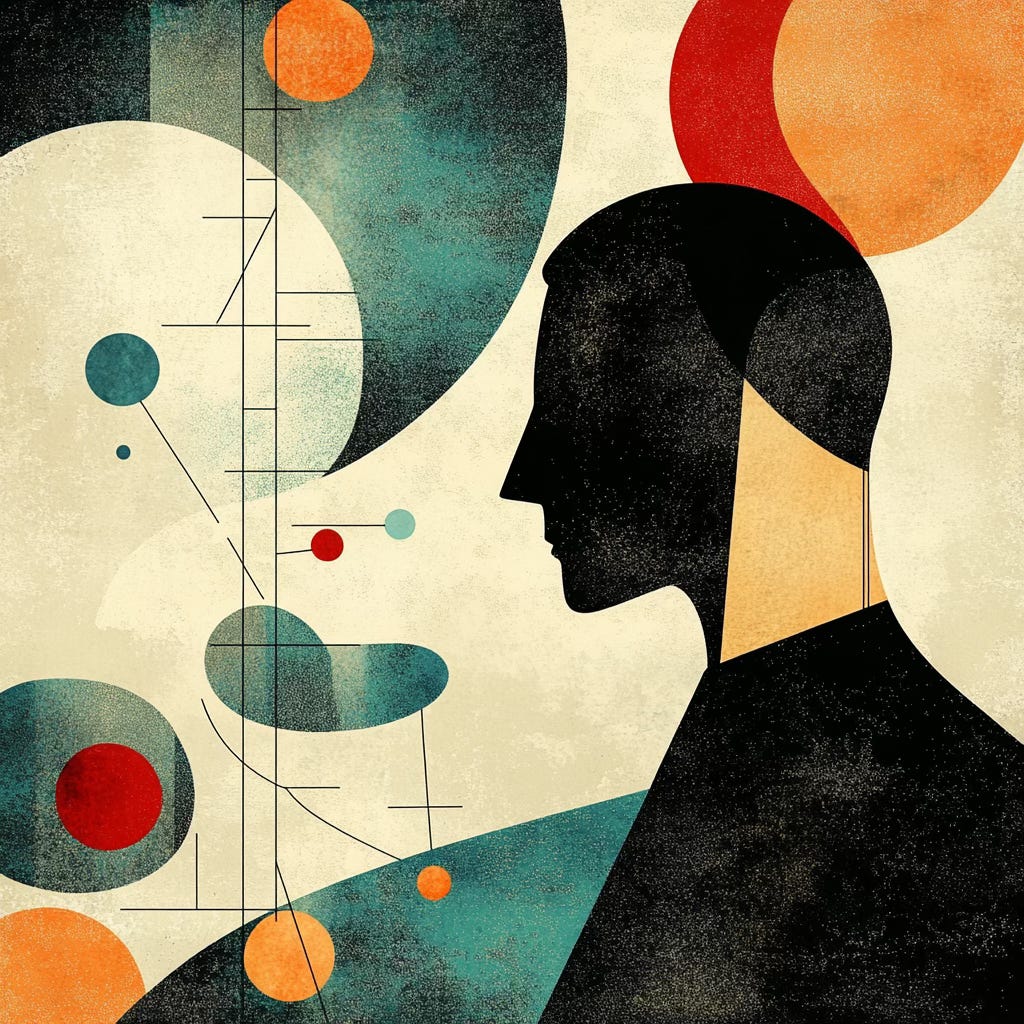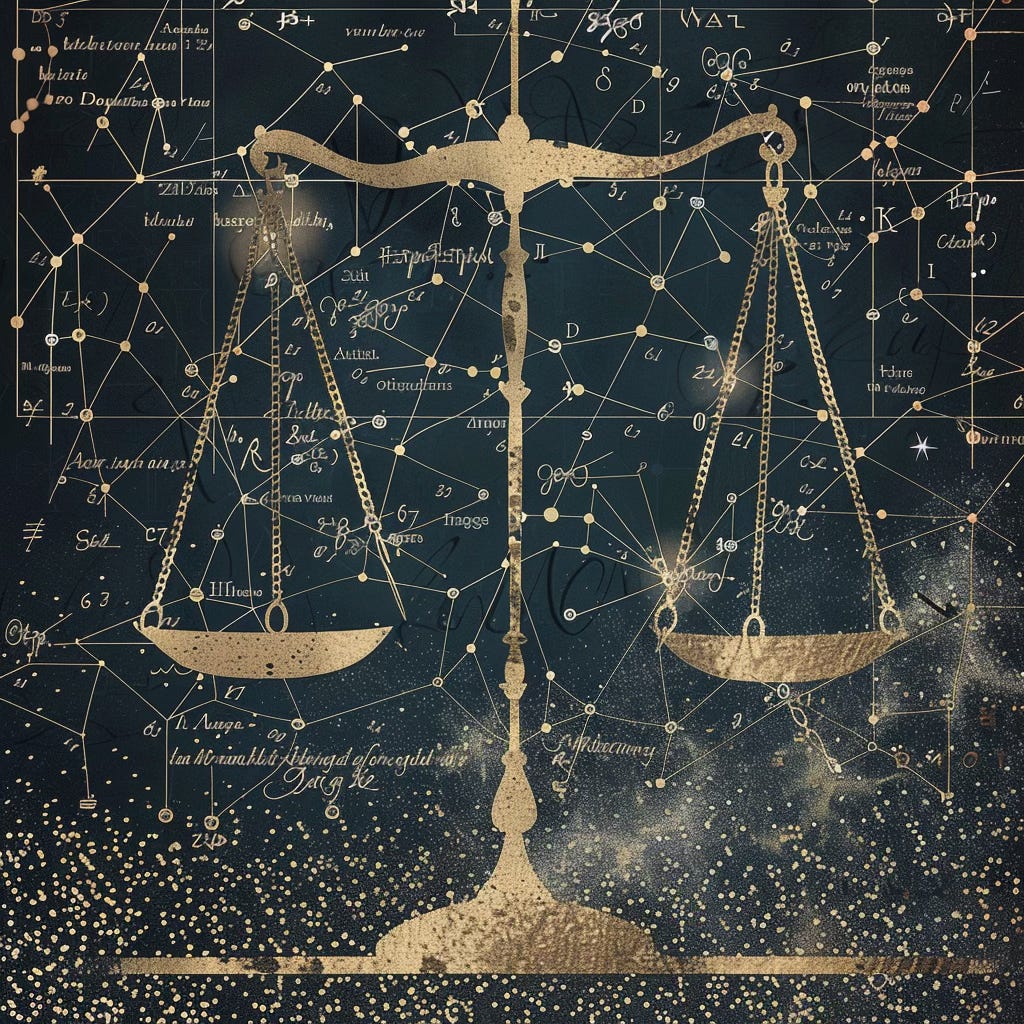"It is not the strongest of the species that survives, nor the most intelligent; it is the one most adaptable to change." — Charles Darwin
THE FOUNDATION OF RATIONAL BELIEF UPDATING
Bayes' theorem, named after the 18th-century statistician and minister Thomas Bayes, is more than a mathematical formula—it's a powerful mental model for how we should think about evidence, beliefs, and the process of learning. At its core, Bayes' theorem provides a framework for updating our beliefs in light of new evidence, making it one of the most practical mental models for navigating an uncertain world.
The mathematical expression of Bayes' theorem may seem complex at first glance, but its underlying principle is intuitive: our beliefs should change in proportion to the strength of new evidence, taking into account our prior knowledge. This process of belief updating forms the backbone of rational thinking and decision-making.
Consider how we naturally adjust our beliefs in everyday situations. If a friend who is usually punctual is late for a meeting, you might initially believe they're stuck in traffic. But as more time passes without communication, you gradually shift your belief toward other explanations. This intuitive updating process mirrors Bayesian thinking—we continuously refine our understanding as new information becomes available.
CALIBRATING BELIEFS TO EVIDENCE
A cornerstone of Bayesian thinking is the principle of calibrating our degree of belief to the strength of the evidence. This requires intellectual honesty and a willingness to assign appropriate weight to different pieces of information.
Many cognitive biases stem from improper calibration. Confirmation bias leads us to overweight evidence that supports our existing beliefs while dismissing contradictory information. Recency bias causes us to give too much importance to the latest information simply because it's fresh in our minds. Bayesian thinking helps counteract these tendencies by providing a structured approach to evaluation.
For example, imagine you're considering an investment in a startup. Your initial research (prior belief) suggests it has strong potential. Then you learn the CEO has previously led two failed ventures. How should this affect your assessment? A Bayesian thinker would:
1 Consider the base rate (How common is failure among startups generally?)
2 Assess the likelihood of this specific evidence (How likely would you be to observe this CEO history if the startup were destined for success vs. failure?)
3 Update their belief accordingly, without entirely dismissing the original positive indicators.
This calibrated approach prevents both overreaction and underreaction to new information. It reminds us that evidence should shift our beliefs in proportion to its reliability and relevance, not simply confirm what we already think.
STRONG BELIEFS, WEAKLY HELD
One of the most powerful applications of Bayesian thinking is the concept of "strong beliefs, weakly held"—a philosophy that aligns perfectly with how Bayes' theorem operates. This approach encourages us to form clear, well-reasoned beliefs based on available evidence while remaining ready to revise those beliefs when new information emerges.
Keep reading with a 7-day free trial
Subscribe to John Cousins MBA-ASAP Newsletter to keep reading this post and get 7 days of free access to the full post archives.





